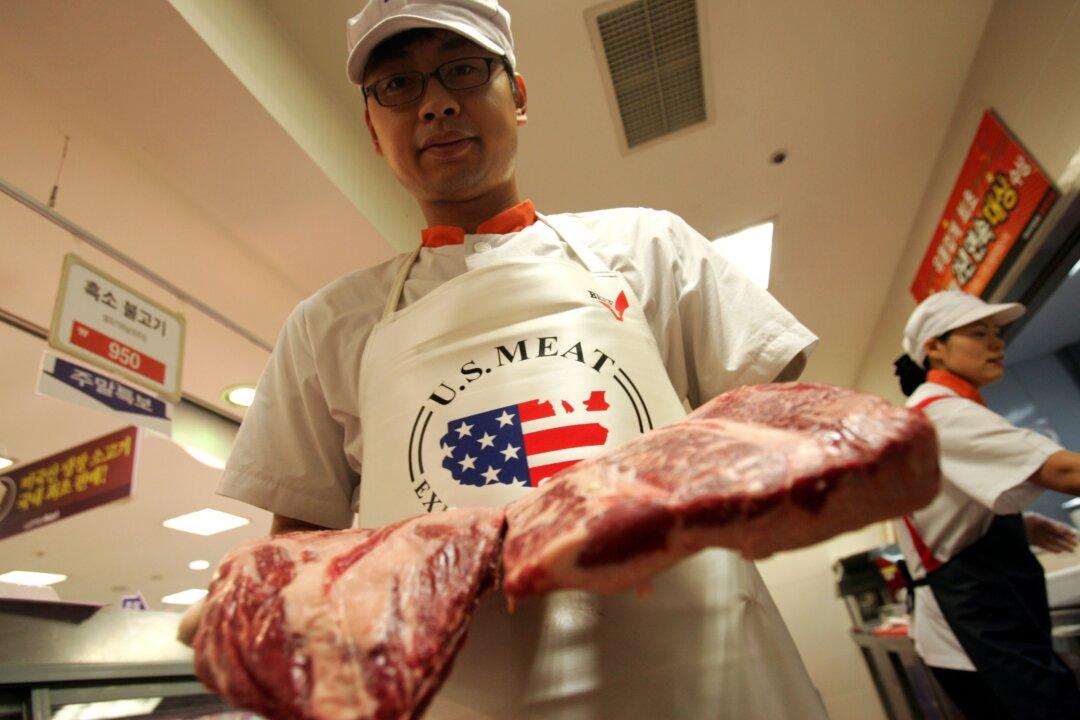The United States exported more than $150 billion worth of agricultural exports last year, according to statistics released by the U.S. Department of Agriculture (USDA).
The world’s largest economy has trade relations with over 100 foreign nations, each with different rules for what kinds of agricultural goods the U.S. can or cannot export. Especially when it comes to meat and poultry products, there are regulations and rules aplenty.
But some of them can be quite unexpected. Take Mexico, for example, which forbids the export of “pork carcasses (whole or split) with feet attached,” according to the USDA’s list of U.S. export requirements.






